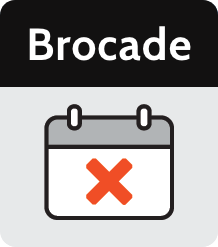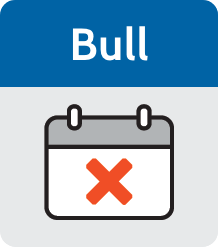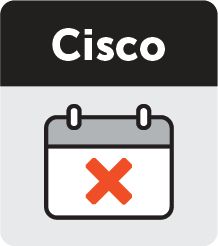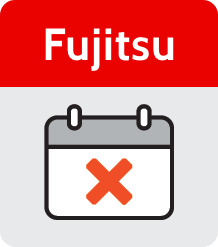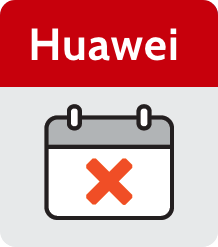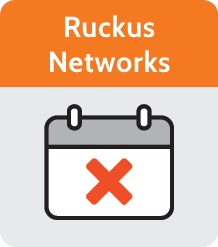End of Service Life (EOSL) Product Dates By Manufacturer
Regardless of your location, equipment, legacy processes, requirements, or budget, Procurri can help. All customers have access to a local single point of contact who can access Procurri’s global network of specialists behind the scenes.
Procurri. We Make IT Easy. We Make EOSL / EOL Easy.
What is EOSL?
EOSL stands for End Of Service Life; where hardware is no longer eligible for manufacturer
support due to the age of the equipment. It does not mean that the equipment stops working or becomes defunct, but that you’re no longer able to access support directly from the manufacturer.
What is EOL?
EOL stands for End Of Life and is the point at which a manufacturer determines its product to be no longer relevant, and so it ceases to manufacture, market, or sell it. There may be service updates to the product after this date, but it is no longer available to purchase as new.
What are Lifecycle Phases?
The Lifecycle Phases of a technology product are like that of a human lifecycle. In its infancy, the product develops and grows before reaching maturity and steadying pace. Eventually, the product loses relevancy, grows slower, and eventually ceases.
How Procurri Makes EOSL / EOL Easier.
Independent
Procurri is vendor-agnostic with in-house engineers that are trained on all major
data center brands.
Ease of Contract
Procurri provides support for multiple brands in multiple geographies under one simple-to-manage contract with a single point of contact for customers. Equipment can be added pro-rata meaning there is only ever one contract, with one start and end date, taking the complexity out of heterogeneous IT estates.
Logistics and Spares
Procurri has a global FSL (Forward Stocking Location) infrastructure, allowing us to move spares around our network in order to support customer SLAs and guarantee uptime.
Kinder to the environment
Through sweating assets that little bit longer, fewer resources are being used in the making of new
equipment, which is more sustainable and kinder to the environment. We can continue to support equipment for as long as spare parts are available.



